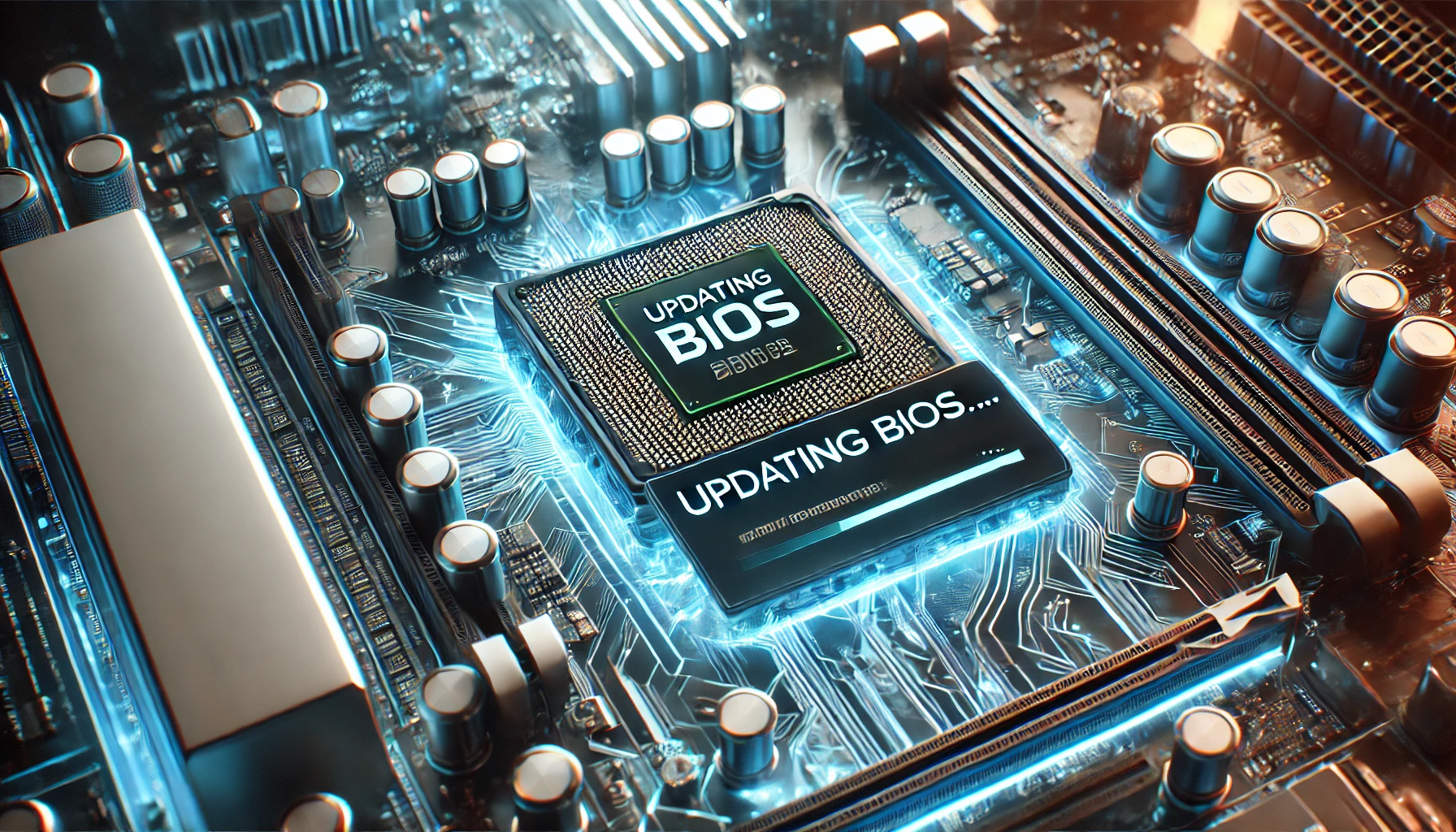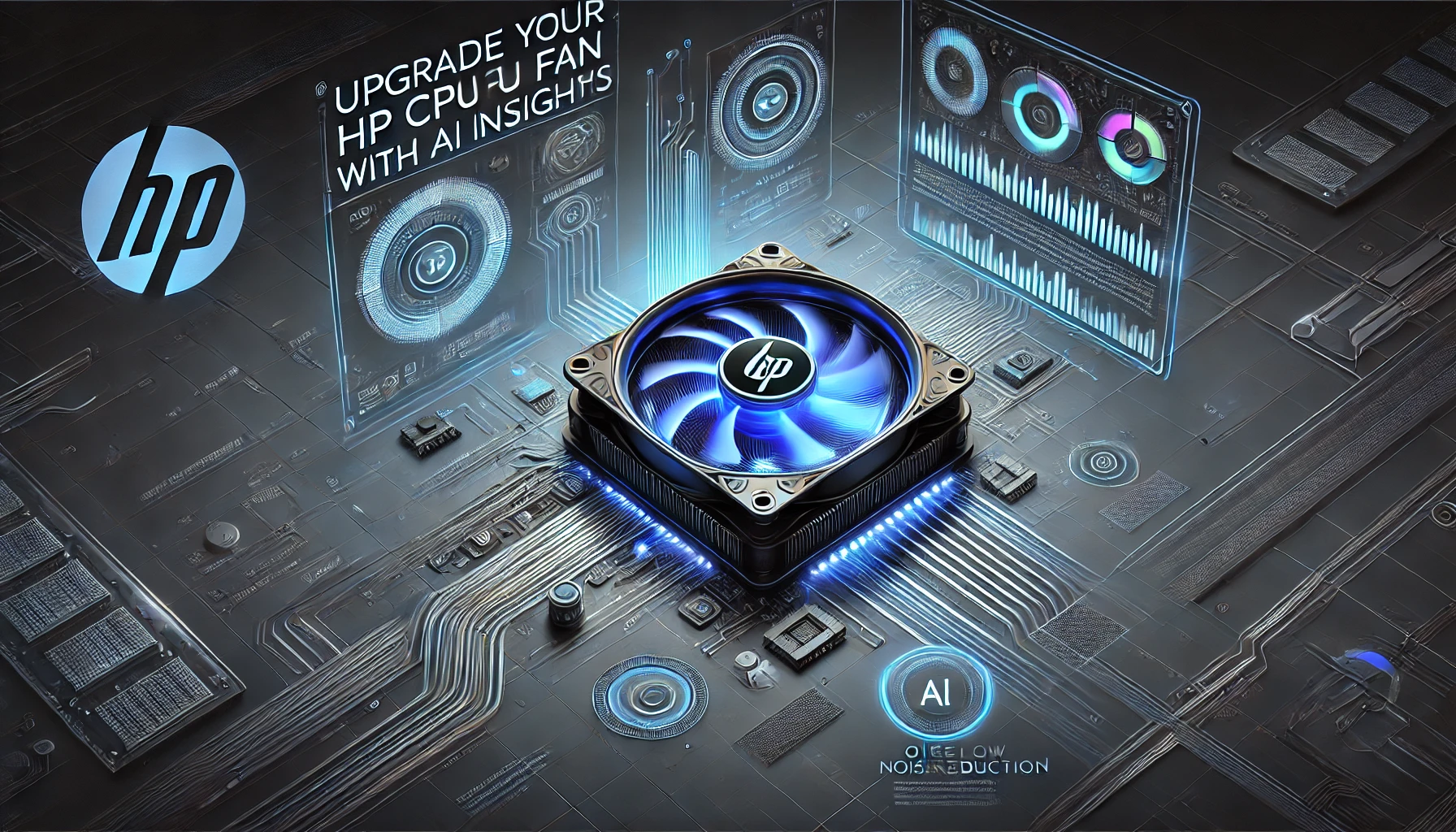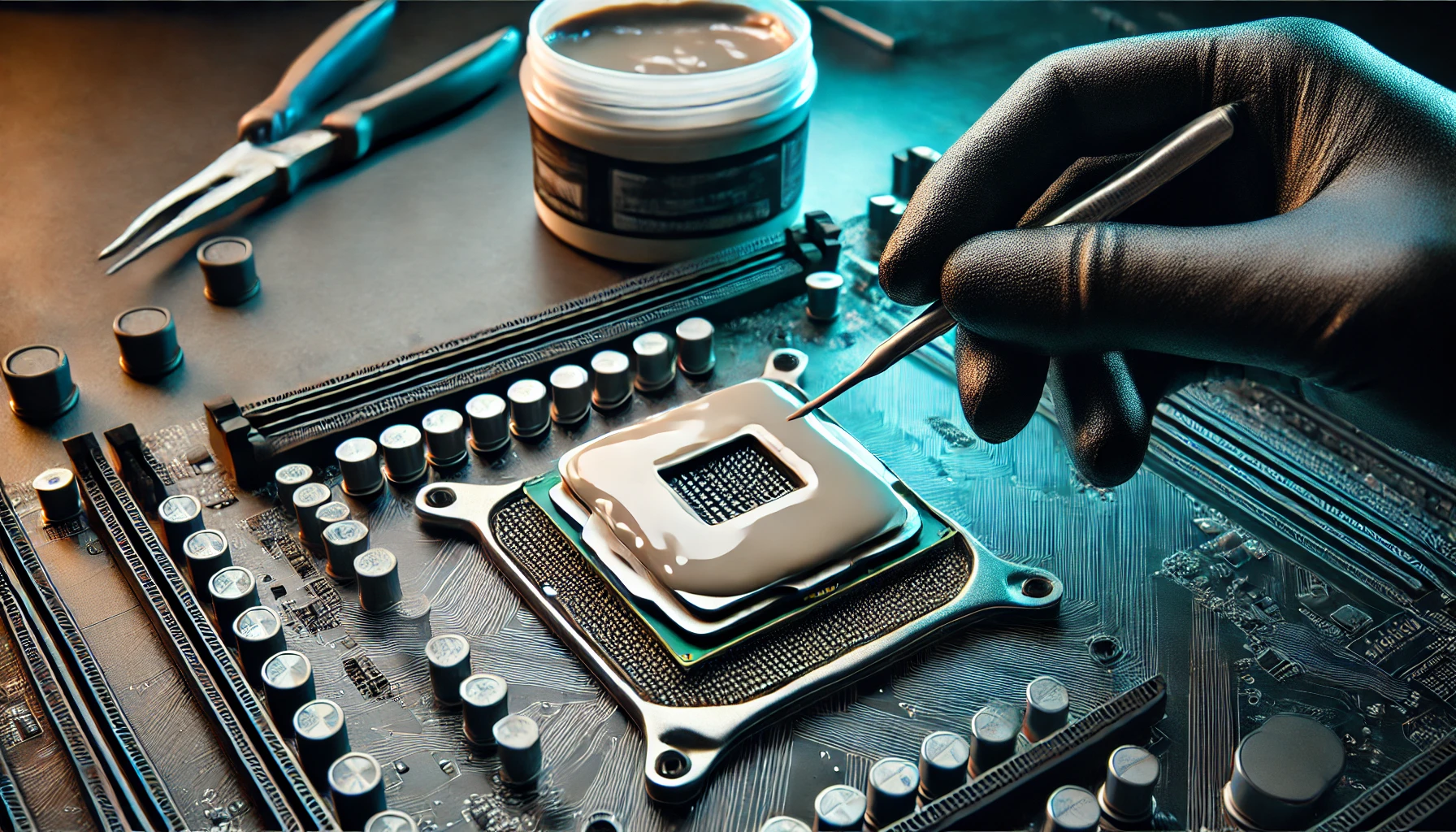Introduction
Upgrading to a new CPU can significantly improve your computer’s performance, but a common concern is whether a BIOS update is necessary. The answer depends on your motherboard, the CPU model, and the BIOS version installed. In this article, we’ll explore do i need to update my bios for new CPU?
What Is BIOS and Why Is It Important?
BIOS (Basic Input/Output System) is the firmware responsible for initializing your computer’s hardware when you turn it on. It acts as a bridge between your motherboard and the CPU, ensuring all components communicate effectively. If your motherboard doesn’t recognize your new processor, an outdated BIOS could be the reason.
When Is a BIOS Update Required for a New CPU?
Not all CPU upgrades require a BIOS update, but here are some situations where it becomes necessary:
1. Your Motherboard Doesn’t Support the New CPU
If your motherboard was released before your new processor, it may not support it without a BIOS update. Manufacturers release updates to add support for newer CPUs, so checking compatibility is essential.
2. System Fails to Boot or Becomes Unstable
If your system refuses to start or experiences frequent crashes after installing the new CPU, the BIOS may be outdated. Updating it could resolve these issues and ensure smooth operation.
3. Verifying Compatibility with the Manufacturer’s CPU Support List
Before installing a new processor, visit your motherboard manufacturer’s website. Check the CPU support list for your model. If your CPU requires a newer BIOS version, updating it will be necessary.
How to Check If Your BIOS Needs an Update
Before updating, confirm if your BIOS actually requires an update. Here’s how:
Step 1: Find Your Current BIOS Version
- Press Windows + R, type msinfo32, and hit Enter.
- Look for BIOS Version/Date in the System Information window.
- Compare this version with the latest one available on your motherboard manufacturer’s website.
Step 2: Identify Your Motherboard Model
If you don’t know your motherboard’s model:
- Open Command Prompt and type: wmic baseboard get product,Manufacturer
- Note down the details and search for the latest BIOS update based on your model.
How to Safely Update Your BIOS
Updating your BIOS is a sensitive process that, if done incorrectly, can harm your motherboard. Follow these steps carefully:
Step 1: Download the Correct BIOS Update
- Visit your motherboard manufacturer’s official website.
- Go to the Support or Downloads section.
- Locate your motherboard model and download the latest BIOS update.
Step 2: Prepare for the Update
- Backup Your Data: While BIOS updates don’t erase stored files, unexpected issues can occur.
- Ensure a Stable Power Supply: A power failure during the update can corrupt your BIOS, making your motherboard unusable.
- Use a USB Drive: Most motherboards allow BIOS updates via USB rather than through Windows.
Step 3: Flash the BIOS
- Format a USB drive to FAT32 and copy the BIOS update file onto it.
- Restart your PC and enter the BIOS/UEFI by pressing Del or F2 during startup.
- Navigate to the BIOS Update or EZ Flash section.
- Select the update file and follow the on-screen instructions.
Risks of Updating BIOS
While updating BIOS can fix compatibility issues, it also comes with risks:
- System Failure: If the update is interrupted, your motherboard might become unusable.
- No Downgrade Option: Some motherboards don’t support rolling back to a previous BIOS version.
- Not Always Necessary: If your current BIOS supports your new CPU, updating it is unnecessary and risky.
Alternatives If You Don’t Want to Update BIOS
If you’re unsure about updating the BIOS, consider these alternatives:
- Choose a Compatible CPU: If your current BIOS supports an older but powerful processor, upgrading to that may be safer.
- Buy a Pre-Updated Motherboard: Some retailers sell motherboards with the latest BIOS pre-installed.
- Use a BIOS Update Service: Some motherboard manufacturers offer BIOS update services before shipping.
Final Thoughts
So, do i need to update my bios for new CPU? It depends on compatibility. If your motherboard doesn’t recognize your new processor, a BIOS update may be required. However, updating BIOS carries risks, so proceed with caution. Always check manufacturer recommendations, follow safety steps, and ensure a stable power source before flashing your BIOS. By following this guide, you can determine whether a BIOS update is needed and perform it safely if required.
FAQs
1. Can I install a new CPU without updating the BIOS?
Yes, if your current BIOS already supports the new CPU, you don’t need to update it. Check the manufacturer’s CPU support list to confirm compatibility.
2. What happens if I don’t update my BIOS when needed?
If your new CPU isn’t recognized, your system might fail to boot or experience instability. Updating the BIOS is necessary for proper functionality.
3. How do I know if my motherboard needs a BIOS update for a new CPU?
Check your motherboard’s official website for a CPU compatibility list. If your CPU requires a newer BIOS version, you’ll need to update it.
4. Is updating BIOS risky?
Yes, BIOS updates carry risks such as system failure if the process is interrupted. Always follow the correct procedure, use a stable power source, and back up important data before proceeding.
5. Can I downgrade my BIOS after updating it?
Some motherboards allow downgrades, but many do not. Check your manufacturer’s guidelines before attempting to revert to an older BIOS version.
6. Can a BIOS update improve performance?
A BIOS update primarily enhances compatibility and fixes bugs. In rare cases, it may improve system stability but doesn’t significantly boost performance.




